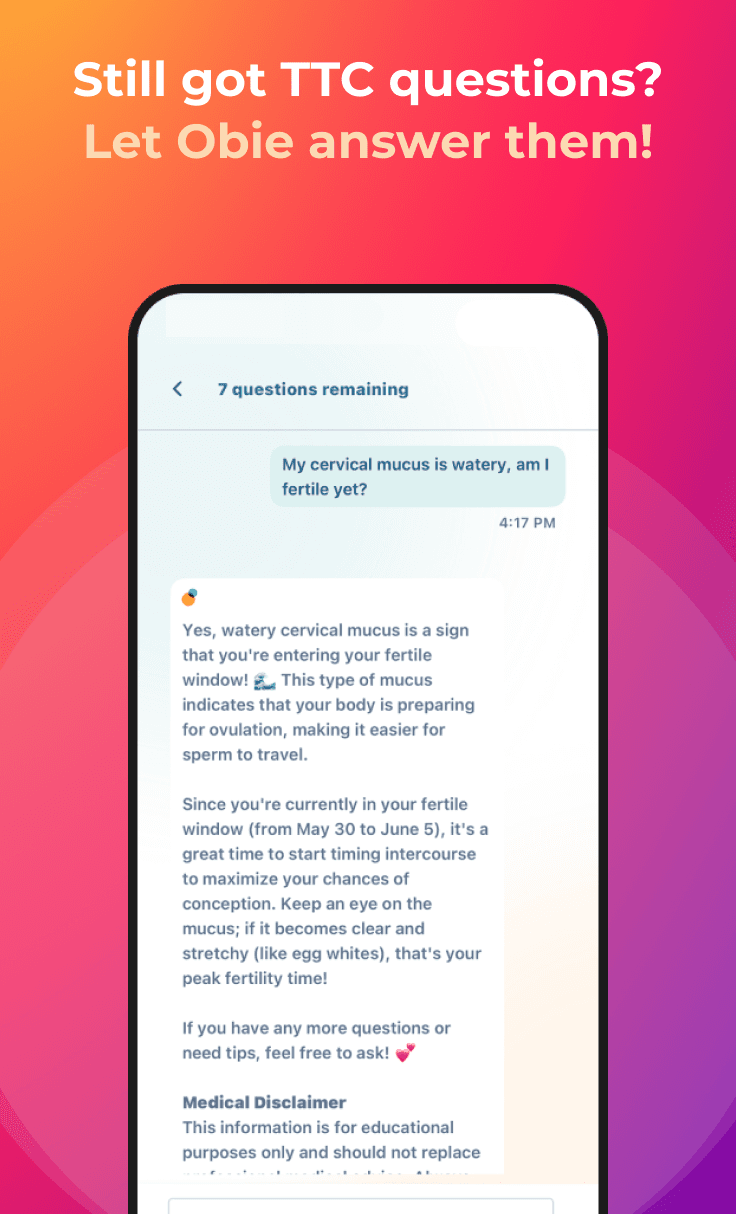Detecting Ovulation Issues With OPK
Ovulation
Obie Editorial Team
What is OPK?
Detecting ovulation issues and determining whether you ovulating each month are the most important issues in couples that are trying to get pregnant. Some couples use OPKs and try to track typical ovulation symptoms in order to determine ovulation. OPK stands for ovulation predictor kitwhich is a test that checks your urine for the presence of LH, luteinizing hormone.
Normally, LH is in a steady state at a low level (negative test). But when it rises very quickly (LH surge), it stimulates the developing egg (follicle) and ovulation (release of the egg) follows shortly thereafter. The OPK can sometimes help you predict when you are about to ovulate.
How do OPKs work?
Ovulation usually occurs within 12-36 hours after the OPK first turns positive. The problem with using the OPK exclusively to determine exactly when you should have sex is that ovulation could have already happened when the OPK first turns positive and intercourse after ovulation will not get you pregnant. This is especially true if you test only once every 24 hours and that's why you may want to test twice a day. You should not wait to have sex only when the OPK turns positive but have sex regularly 2-3 times every week. In this case, you can make sure you will not miss all the important fertile days.
LH is increased shortly before ovulation but when a woman enters menopause and her ovaries stop working, LH levels will still rise. LH can also be increased in some situations associated with primary ovarian failure:
- Developmental defects: ovarian agenesis (failure to develop ovaries); chromosomal abnormality, such as Turner's syndrome; Ovarian steroidogenesis defect such as 17 alpha-hydroxylase deficiency
- Premature ovarian failure: due to radiation; chemotherapy; autoimmune disease
- Chronic anovulation (failure to ovulate): due to polycystic ovary syndrome (PCOS); adrenal disease; thyroid disease; ovarian tumor
Read More










